In the quest to make sense of their identities, immigrants, expatriates and refugees, seated on the hyphens that separate, or perhaps link their ethnicities—American-Iranian, British-Indian or Kurdish-Norwegian—birth their personal third spaces. These unequivocally constructed in-between spaces, these hyphens, sometimes act as consolators, and at other times, as separators. Do these hyphens, these dual designations, then, facilitate a better understanding of self, or exacerbate alienation, of belonging to two places and none? These questions will perhaps never have a clear and objective answer. However, the journeys sought in the desire to reach these ends almost always lead to delightful results, sometimes in the form of artistic and innovative creations and at other times, through emancipatory insights. We often get a glimpse of these imaginative expeditions in uncharacteristic designs that float around us. One such example of a distinctive breed of product designs is Nebil Zaman’s pieces of sculptural furniture. On view at Side Gallery’s Casavells location in Spain, until October 31, 2022, Zaman’s plastered pieces are evocative of archaeological edifices and engravings.
“I have often asked myself where my visual language comes from. I can’t really say that it’s Kurdish or Norwegian, as they don’t visually resemble the styles, traditions and cultures from either of these places,” says Zaman, unveiling the motifs, the structures and the traditions that inform his works. “The word identity can mean different things. When I use it in the context of my work, I am referring to a visual language or visual identity. I am interested in exploring identity because of my cultural background. I have a Kurdish heritage but I have spent the majority of my life in Norway. I am, as some would say, a ‘third culture kid’. I don’t feel a hundred percent Norwegian or Kurdish. I am both but also in between. You can think of it as 1+1=3,” the Kurdish-Norwegian furniture designer adds.
Zaman, who hails from northern Iraq and lives in Oslo, Norway, forayed into the world of traditional woodworking and furniture design after a brief stint in art direction and advertising. He combines his interest in art, architecture and technology to create entities that help him understand and explore different materials, form and function, visual languages and visual culture, production techniques and identity.
His latest furniture, assembled out of laser-cut plaster-cast MDF boards, features a unique corrugated texture that at once prompts recollections of roughly stacked monumental structures from the past and ultramodern visions of the future. “I like to think that my work sparks curiosity, is dreamy, something from a distant past or a future; ancient and futuristic at the same time. I like that,” the artist tells STIR.
When asked about his creative process, Zaman says, “It starts with some digital drawings. I draw and play around with the shapes until I have something that interests me. Later, I decide on its function and size and produce the physical parts, using a laser cutter or a CNC cutter, depending on the size. After cutting out all the parts, I add many thin layers of different types of plaster and wood glue to achieve the desired volume.” With plaster, Zaman gets a sense of freedom. Instead of controlling the shape of his pieces, he lets the dense texture of plaster decide the final outcome. In contrast to the precise digital fabrication technique used to cut out the pieces, daubing plaster onto them is an organic process that adds randomness to the pieces. This combination of two different techniques, one of which is structured and controlled, and the other, organic and arbitrary, makes Zaman’s pieces unique and distinctive. He intends to experiment with this material for various new designs in the future, as well.
In his exploration of new forms and typologies, Zaman has managed to create a series of objects that sometimes stand in close consonance with the typical configurations of tables, chairs and other furniture, and sometimes end up as ambiguous entities, free to be interpreted and used as desired. Sculptural arches, plastered furniture and ambiguous totems adorn the gallery space. A quick tour of the space and you will find an organic console, dining tables, coffee tables, side tables and round tables, lamps, sculptural arches and Kaktus sculptures. When asked about his favourite piece in the collection, Zaman says, “I like the Kaktus pieces quite a lot. I think it’s because of the ambiguity of the objects. You don’t quite know whether it has a function or not and they are open for an imagined use case or just be a sculpture.”
The Casavells location of Side Gallery serves as a countryside extension of the design gallery. This destination offers a wide expanse for evocative creations to be presented and for visitors to hold a dialogue with them. Zaman’s sculptures, inspired by the entities from ancient civilizations, science fiction and futuristic visions, sit tall in this locale. However, they can also fit in with traditional furniture in contemporary settings. The process of sculpting these pieces can perhaps be viewed in parallel to the journey of an immigrant, organised enough to survive in their adopted land, while also being random and chaotic, with dual cultures, dual desires and dual ideas. In their randomness, however, these journeys are charming.
Nebil Zaman’s sculptural pieces will remain on view until October 31, 2022 at the Casavells location of Side Gallery.






 Sign in with email
Sign in with email


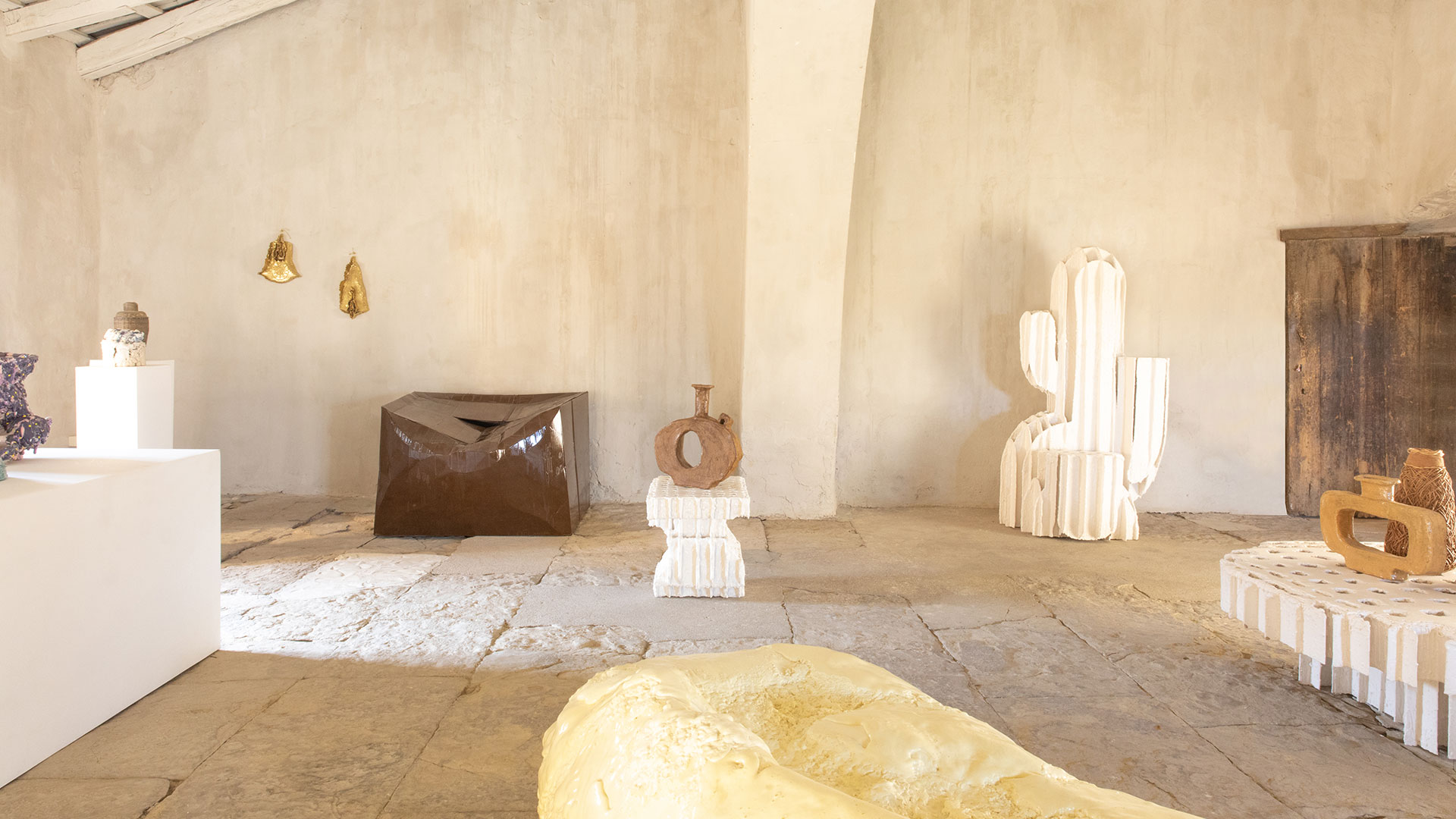


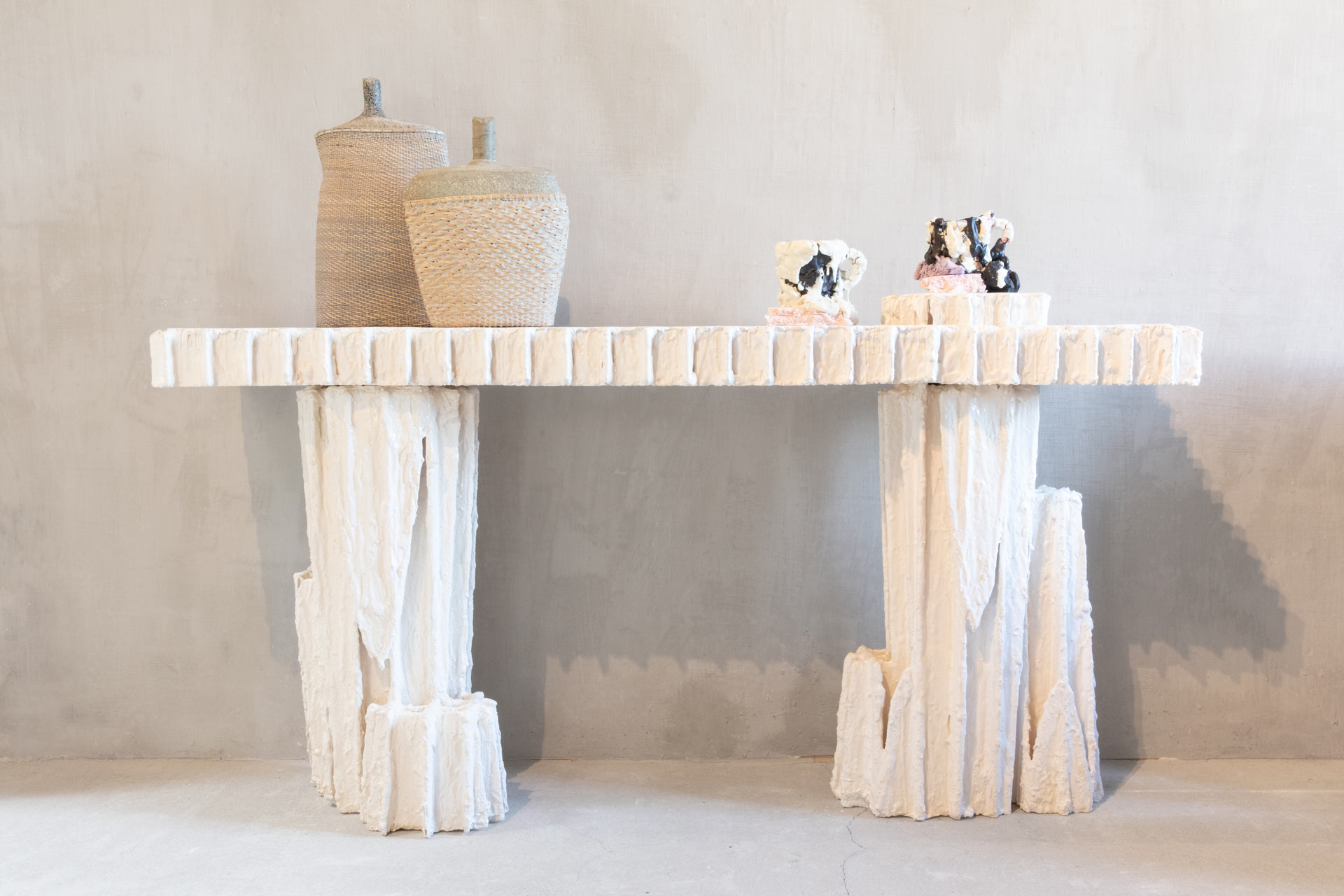
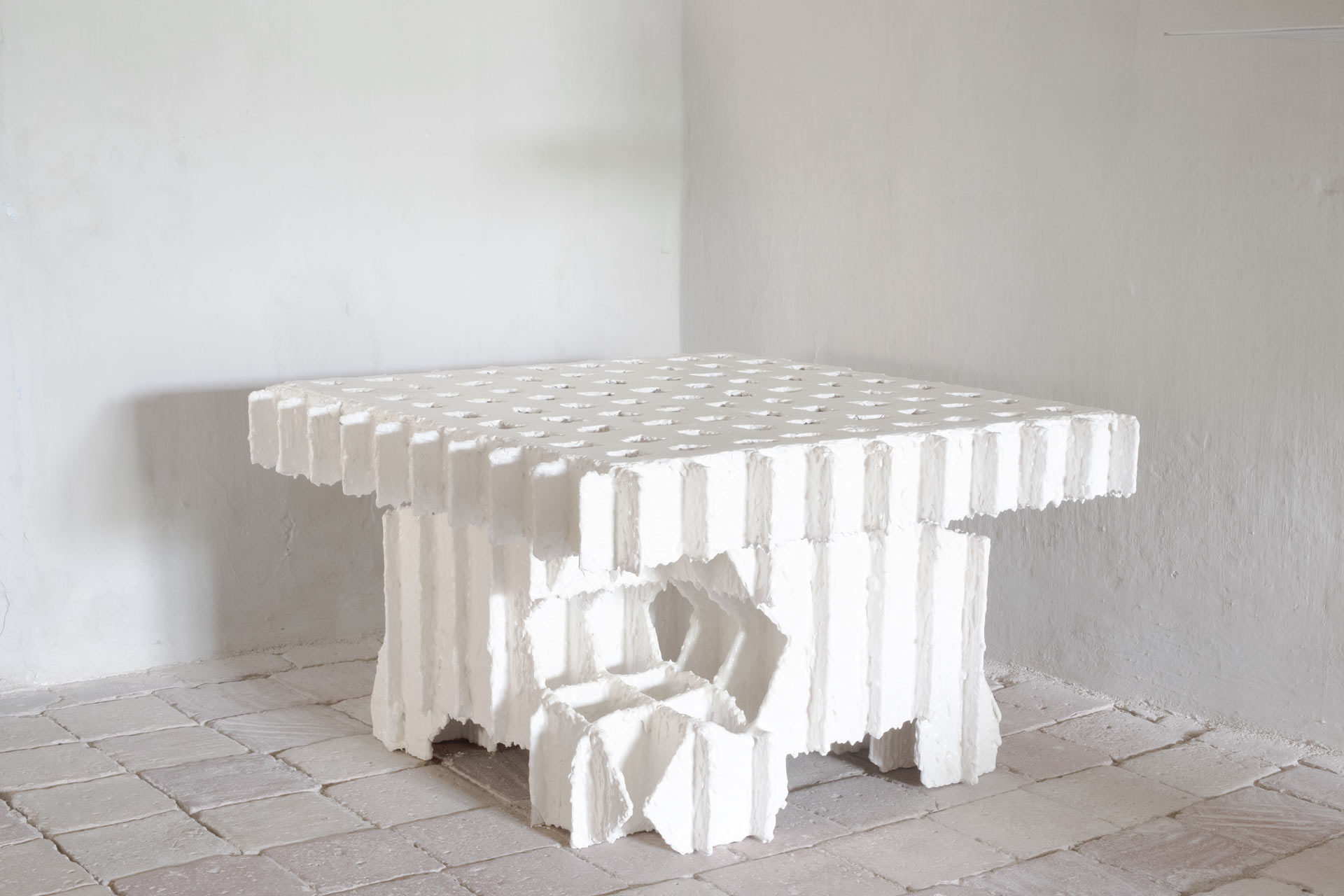
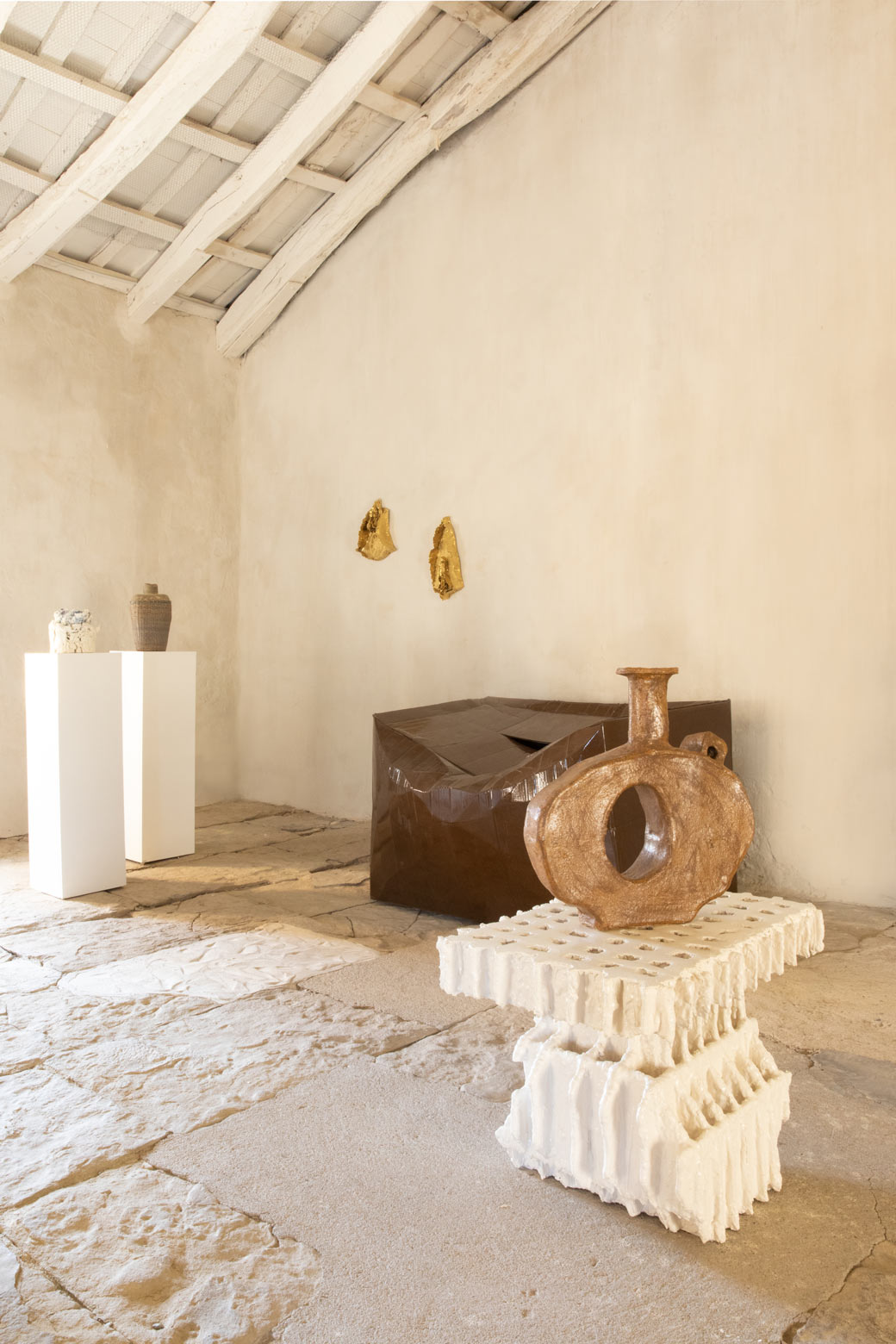


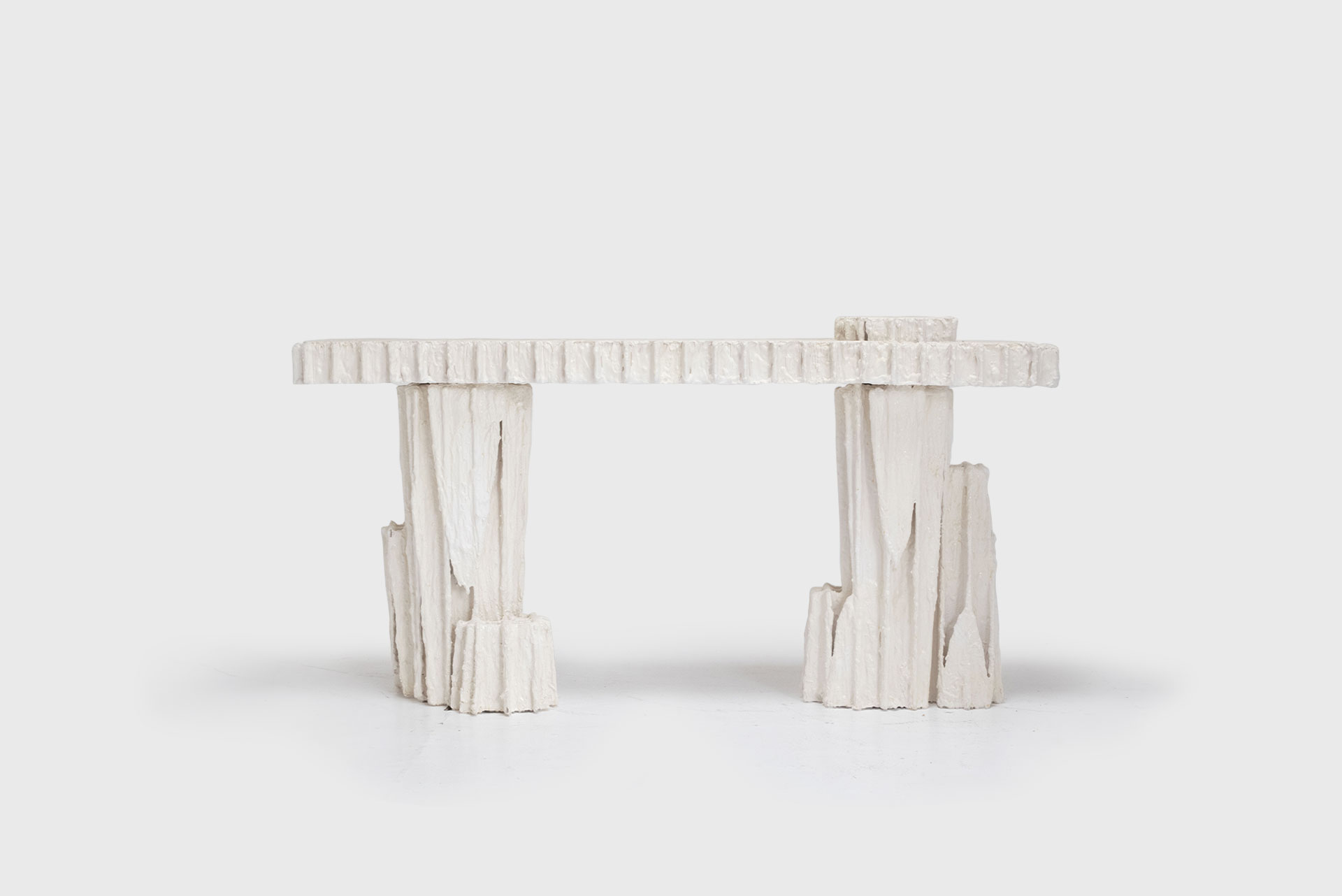

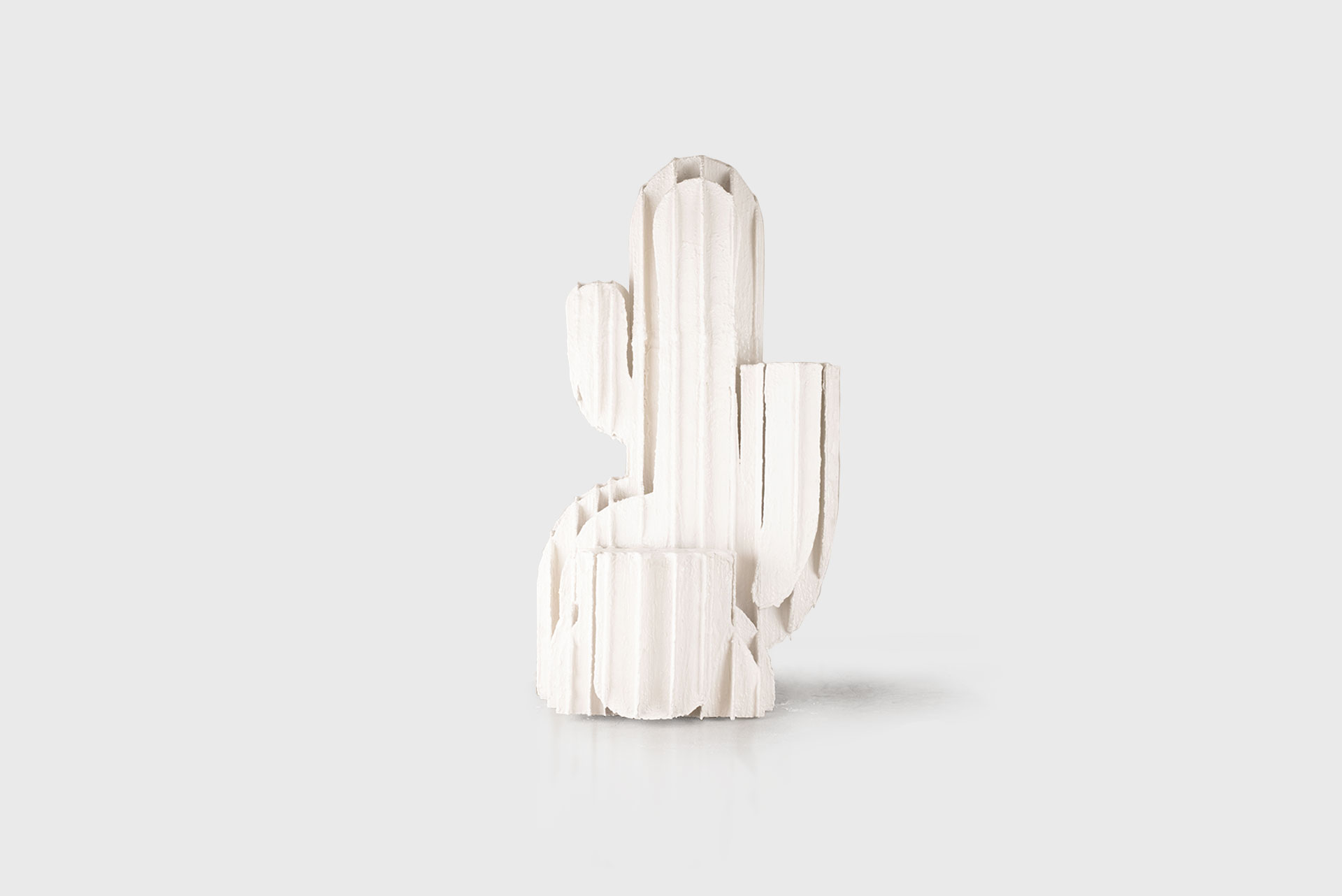








What do you think?